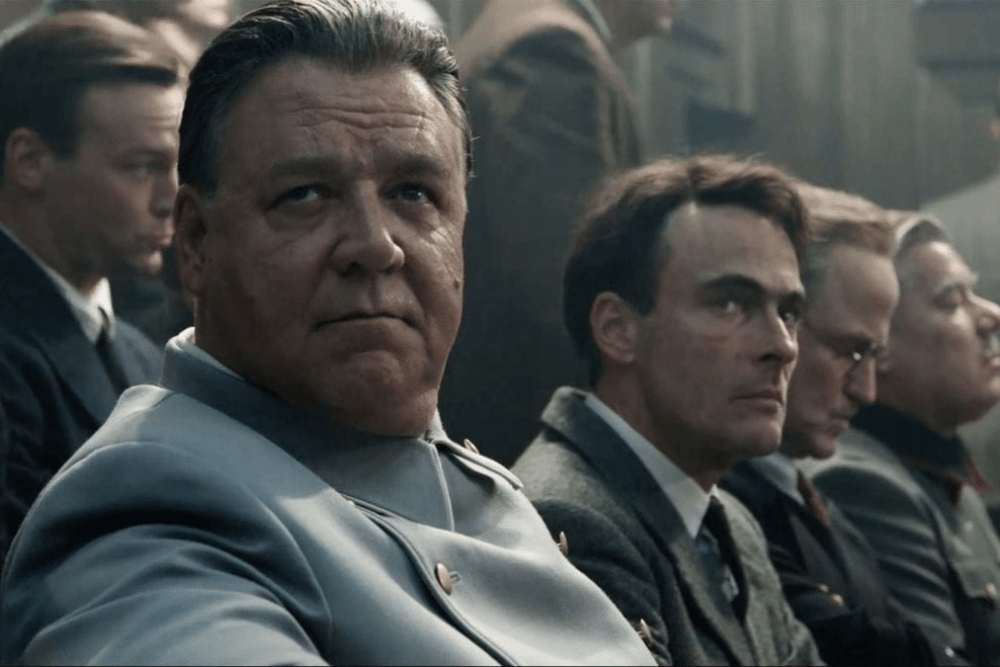To the rioters, it doesn’t matter that the suspect in the murder of three girls at a holiday dance camp in Southport came from a practicing Christian family, or that he was born in Cardiff and is a British citizen. It meant nothing that his hardworking parents had fled the aftermath of a genocide in Rwanda that led to an estimated 800,000 deaths. That the police had decided there was no political, religious, racial or ideological motive to the killings also meant nothing.
There is one bright spot in the disorder. Police get the chance to identify the worst offenders and take them off the streets
As soon as his name was released by the courts, Twitter was full of racist comments. The backlash on the streets was also swift.
The police have been confronted by ready-made networks, many of which were established to oppose lockdown. They did so in the belief that the covid response was a government conspiracy and have gone from there to share racist views that vary from a desire to control illegal immigration to outright support for Nazi theories of racial supremacy.
There are no committees behind these groups, who often meet in the ungoverned space of Telegram – or ‘Terrorgram’ as some call the messaging app based in Dubai. They have been organising protests outside migrant hostels for months. The riots are an easy step up from those demonstrations.
To be sure there has been some incitement from far-right leaders in the Patriotic Alternative and by Stephen Yaxley-Lennon – known as Tommy Robinson – the former leader of a disbanded group called the English Defence League (EDL). Police and MI5 have infiltrated many of these online groups but that does not help them know which ones will turn violent. Public order policing is always, to some extent, a numbers game, and getting the right number of officers in the right place at the right time.
The police are better trained and equipped than their opponents. They spend weeks in mocked-up cityscapes like the one used in by the Metropolitan Police in Gravesend, in Kent. There, they are confronted by the type of situations they have had to deal with in recent days. Their tactics involve containing or ‘kettle-ing’ the groups and then getting into the crowd to snatch and arrest the leaders or those committing violent acts. However, where they are heavily outnumbered, it is difficult for them to use such tactics successfully.
One of the lessons from the countrywide riots of 2011, that originated in the police shooting of Mark Duggan, was that it was important not to stand off such groups for too long. By the time they closed in on riots in Hackney, in east London, businesses had been ransacked and a car was already on fire.
To stand in the middle of such groups, as I have done, is to hear the desperation and urgency of police officers who are often scared for their own lives, those of their colleagues and those of innocent members of the public. Things can go very wrong very quickly if police get cut off, as they discovered on the Broadwater Farm estate in Tottenham in 1985 when PC Keith Blakelock was murdered.
One of the challenges is that rioters who know the streets can often disappear and appear again somewhere else minutes later, causing destruction on the way.
After the 2011 riots, the Home Affairs select committee noted that what ultimately worked in quelling the disorder was increasing the number of police officers on duty and ‘flooding the streets with police’. ‘If numbers could have been increased more rapidly, it is possible that some of the disturbances could have been avoided,’ the report said.
Her Majesty’s Inspectorate of Constabulary (HMIC) said police made some attempts to monitor social media discussions but their efforts ‘fell short of what is possible using modern technology.’ That has now changed. HMIC also noted that not all tactics could be used in practice due to a lack of equipment and the number of officers deployed.
Police estimated they needed to outnumber rioters by between three and five to one if they were to make arrests and disperse groups , and that meant that arrest tactics were impossible in some circumstances. Officers and their commanders took action to bring the disorder to an end, but some erred on the safe side, using less forceful tactics, standing their ground rather than going forward to tackle disorder, pending arrival of reinforcements.
These are the lessons they need to remember if they are to prevent events getting out of hand as they did in Rotherham and Tamworth.
Police officers are highly trained and their training is repeated every year. But those involved in policing protest ‘consistently place themselves in harm’s way to keep these events safe and lawful,’ as the National Police Chiefs’ Council puts it.
There is one bright spot in the disorder, in that police and their ‘spotter’ teams get the chance to identify the worst offenders and take them off the streets. That, as Stephen Parkinson, Director of Public Prosecutions, noted on Sunday, will involve extra lawyers working around the clock and, quite possibly, the courts doing the same.
These riots may feel different in their widespread and political nature, but we have been here before – and not just in 2011. On May Day 2000, 95 people were arrested and nine police officers were injured during far-left anti-capitalist riots in London. That required an extra effort by the courts system to deal with the arrests. We are back in a similar situation again.
Catch up on the latest Spectator TV:







Comments